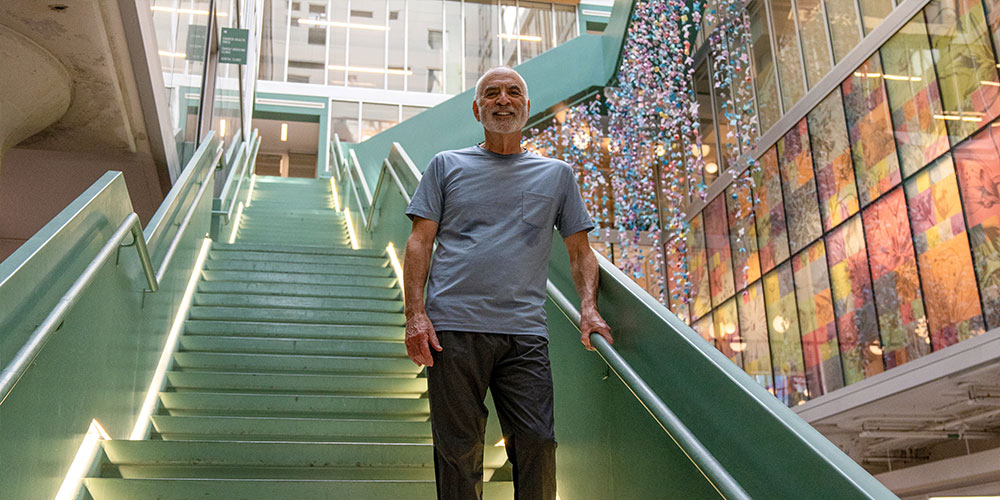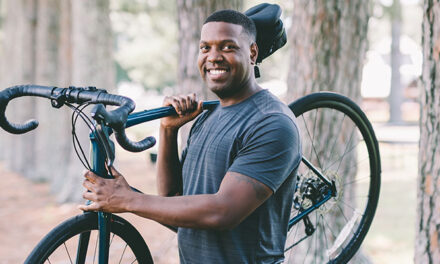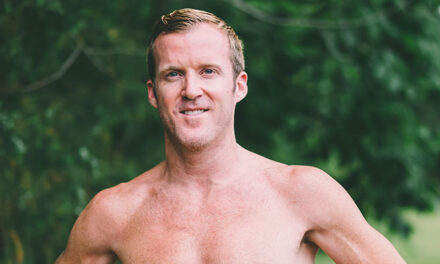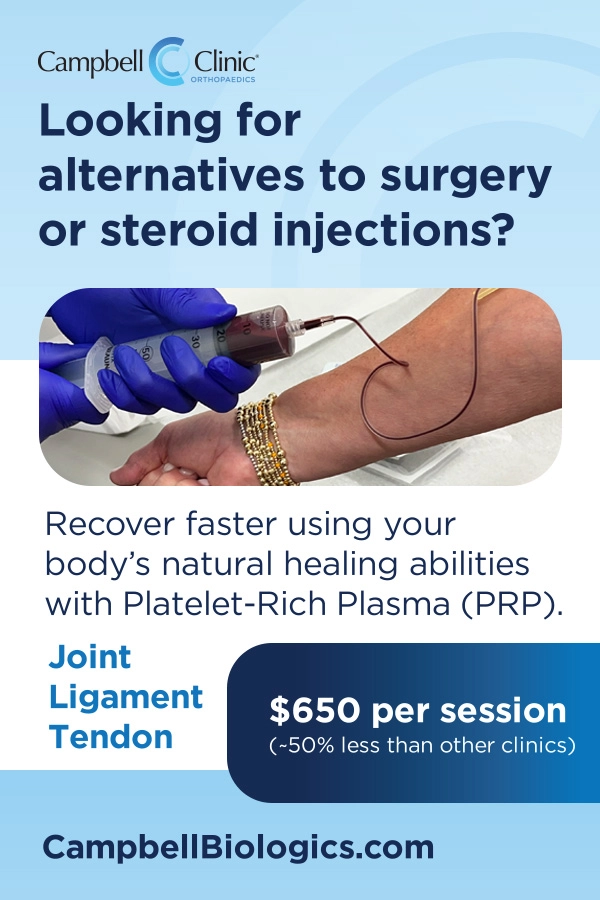Ask Ken Strong, 74, his secret to staying fit and healthy, and he’ll give you an honest answer. “I’ve been very lucky,” he says. But, of course, the ability to go on 14-mile hikes, kayak fish in the Florida gulf and the Louisiana marshes, and do 10 repetitions up and down the 116 stairs at Crosstown Concourse as a senior doesn’t just happen.
The retired psychologist has been active most days since, after many failed attempts, he permanently put down cigarettes in the late 1970s. However, he’s realistic about what’s beyond his control and how those factors contribute to his current health and fitness. Ken says, “I think genetics and luck are equally important because many of my friends have had serious medical problems, and they’re folks who have exercised and otherwise taken good care of themselves — so, some of it’s just a crapshoot.”
Adaption is the Name of the Game
Major health problems haven’t impacted him, but injuries and the effects of aging have made Ken change key parts of his exercise routine. The most notable was a knee injury from his first marathon roughly four decades ago, preventing him from running altogether. Lower back pain and spinal issues soon followed. “I’d been running on streets all those years wearing lousy shoes,” he says.
Ken traded the pavement for the Rhodes College pool and gym. “I started swimming, which I never much liked ’cause I wasn’t good at it. I tend to sink,” he says with a laugh. Though his dedication to swimming was relatively short-lived, the facility’s Stairmaster became a favorite. The machine helped him train for hikes in Glacier National Park, the Teton Range, and the Grand Canyon.
Today, he and his wife, Sue, are members of a local fitness center, where they work out five days a week and volunteer twice weekly with the Rock Steady Boxing program to support its “Parkinson’s Fighters,” as Ken calls them. His hourlong routine includes 30 minutes of interval work on the elliptical, aiming for a heart rate of 130bpm, then alternating leg and upper body strength and core training. In addition, he often uses the center’s rowing machine. “I do one-handed rows, kind of a crossover, to keep my back and shoulders strong enough to paddle a kayak,” he says.
As health issues have popped up, Ken’s adapted. He credits a few things with helping him continue to move even with old shoulder, knee, and hip injuries, plus bouts of plantar fasciitis and Morton’s neuroma. “I use a foam roller on my back twice a day. It helps,” he says. Applying Kinesio tape to his shoulder and knee helps — as does ibuprofen, visits to his physical therapist, and wearing HOKA shoes. “And I try not to do things with a lot of lateral movement now,” Ken adds.
It’s remembering his age that’s been one of the biggest challenges, evident through attempts by the former tennis player to pick up racquetball and pickleball, that both led to reinjuring himself.
The Ultimate Motivation
Though he can’t do everything he wants, Ken is committed to doing the things he loves most, namely playing with his three grandchildren, all under the age of 6, pursuing activities like hiking, paddling, and camping with his wife of 51 years, and “staying mentally healthy in difficult times.”
He tells others to focus on what they can control and do what he and Sue have — just keep moving.
For more information or to volunteer for Rock Steady Boxing, visit Christchurchmemphis.org.
By Alexandra McCray
Photo by Daniel Scruggs










